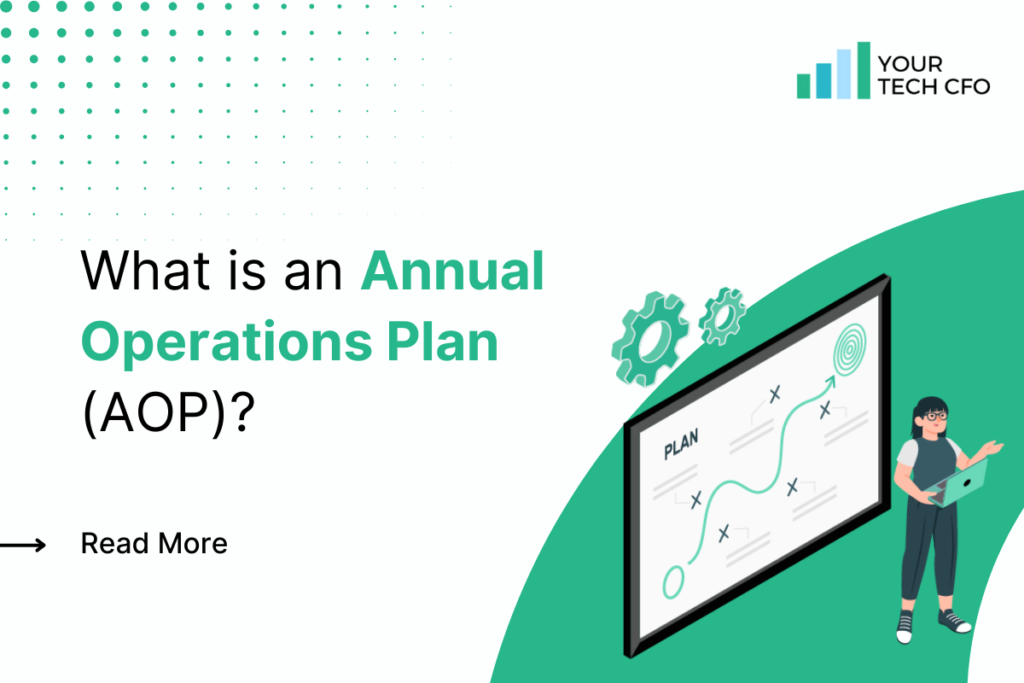
In the realm of business management, strategic planning is essential for achieving long-term success. One of the key components of this planning process is the Annual Operations Plan (AOP). Understanding what an AOP entails, its significance, and how it functions can empower organisations to align their resources effectively with their business goals. This blog will delve into the essentials of an AOP, its role in strategic management, and the execution plans that stem from it.
What is an Annual Operations Plan (AOP)?
An Annual Operations Plan (AOP) is a detailed document that outlines an organisation’s objectives, strategies, and actions for a specific year. It serves as a roadmap for achieving business goals and ensures that all departments are aligned in their efforts. The AOP typically includes:
- Goals and Objectives: Clearly defined targets that the organisation aims to achieve within the year.
- Action Plans: Specific initiatives and activities required to meet the set goals.
- Resource Allocation: A breakdown of how resources—financial, human, and technological—will be distributed to support the execution of the plan.
- Performance Metrics: Key performance indicators (KPIs) that will be used to measure progress throughout the year.
Importance of AOP in Business
Understanding the importance of an AOP in business is crucial for any organisation aiming to thrive in a competitive environment. Here are several reasons why an Annual Operations Plan is vital:
- Alignment with Strategic Goals: The AOP ensures that all operational activities are aligned with the broader strategic objectives of the organisation, helping maintain focus and direction.
- Resource Management: By outlining resource allocation, the AOP enables organisations to manage their resources effectively, minimising waste and maximising efficiency.
- Performance Measurement: The inclusion of performance metrics allows organisations to track progress throughout the year, facilitating timely adjustments if necessary.
- Risk Management: An AOP helps identify potential risks and challenges that could impede progress toward goals, allowing organisations to develop contingency plans.
- Communication Tool: The AOP serves as a communication tool among stakeholders, ensuring that everyone understands their roles and responsibilities in achieving organisational objectives.
How AOP Works
Understanding how an AOP works involves recognizing its components and processes:
- Goal Setting: The first step in developing an AOP is setting clear and measurable goals that align with the organisation’s long-term objectives.
- Action Planning: Once goals are established, specific action plans are developed, identifying tasks, assigning responsibilities, and establishing timelines.
- Resource Allocation: Effective resource allocation is crucial for executing the action plans outlined in the AOP. This involves assessing what financial, human, and technological resources are needed to achieve each goal.
- Performance Metrics: To evaluate progress, organisations must establish KPIs that will measure success throughout the year. These metrics should provide actionable insights into performance.
- Review and Adjustment: Regular reviews to assess progress against established goals allow organisations to make adjustments to action plans or resource allocations as needed.
Operations Planning Basics
Understanding operations planning basics is essential for developing a robust AOP:
- Strategic Alignment: Ensure that operational plans align with overall business strategies.
- Cross-Department Collaboration: Foster collaboration among departments to ensure cohesive execution.
- Data-Driven Decision Making: Utilise data analytics to inform planning decisions.
- Continuous Improvement: Embrace a culture of continuous improvement by regularly reviewing processes.
Key Components of an Annual Operations Plan
An effective Annual Operations Plan comprises several key components:
- Executive Summary: Provides a high-level overview of the AOP, summarising key goals, strategies, and expected outcomes for stakeholders.
- Business Goals: Clearly defined business goals serve as the foundation for the entire plan and should be SMART: Specific, Measurable, Achievable, Relevant, and Time-bound.
- Action Plans: Detailed action plans outline specific initiatives required to achieve each goal, including timelines and resources.
- Financial Projections: Insights into expected revenues, expenses, and profitability.
- Risk Assessment: Identifying potential risks allows organisations to develop mitigation strategies proactively.
Execution Plans: Bringing Your AOP to Life
Once an Annual Operations Plan is established, effective execution becomes paramount:
- Communication Strategy: A clear communication strategy ensures all stakeholders understand their roles. Regular updates can maintain engagement and accountability.
- Training and Development: Investing in training programs equips employees with the skills needed to execute their responsibilities effectively.
- Monitoring Progress: Regularly monitoring progress against established KPIs enables organisations to quickly identify areas needing adjustments.
- Feedback Mechanisms: Implementing feedback mechanisms fosters collaboration and continuous improvement.
Challenges in Developing an Effective AOP
Creating an Annual Operations Plan can provide significant benefits, but challenges may arise:
- Lack of Clarity: Vague goals can lead to confusion among team members.
- Insufficient Resources: Inadequate resources can hinder execution.
- Resistance to Change: Employees may resist initiatives if perceived as disruptive.
- Inflexibility: A rigid plan may prevent adaptability to changing circumstances.
Best Practices for Effective Annual Operations Planning
To enhance the effectiveness of your AOP:
- Engage Stakeholders Early: Involve key stakeholders from the outset to ensure buy-in.
- Be Realistic About Resources: Assess available resources honestly.
- Prioritise Flexibility: Allow for adjustments as circumstances change.
- Foster a Culture of Accountability: Encourage team members to take ownership of their roles.
- Regularly Review Progress: Conduct periodic reviews to assess performance against KPIs.
Conclusion: The Value of an Annual Operations Plan (AOP)
In summary, understanding what an Annual Operations Plan (AOP) entails is crucial for long-term success. By embracing best practices such as stakeholder engagement, realistic resource assessments, flexibility, and accountability, organisations can navigate challenges and seize opportunities.
As you embark on your journey toward effective annual operations planning, remember: clarity in objectives combined with commitment from all team members paves the path to success!
